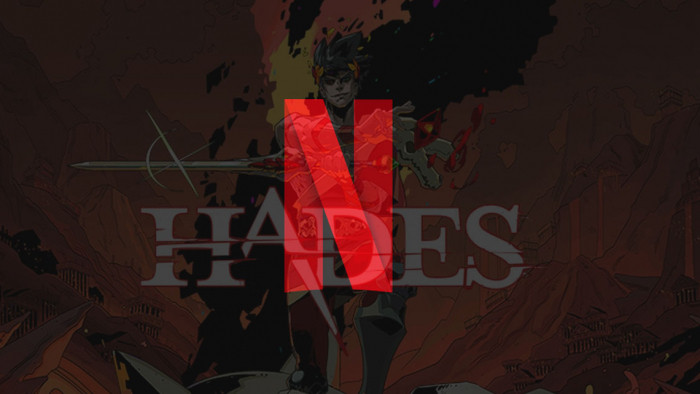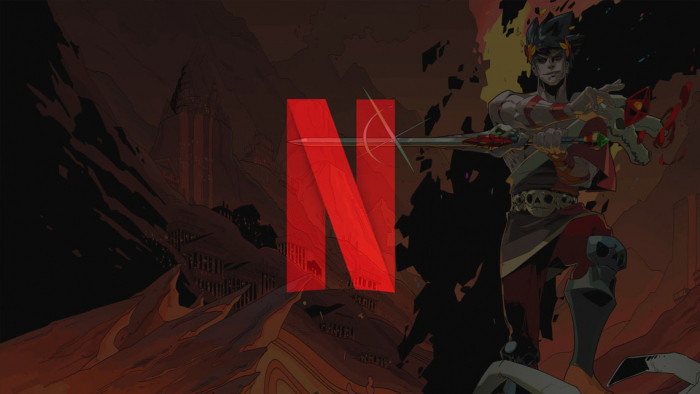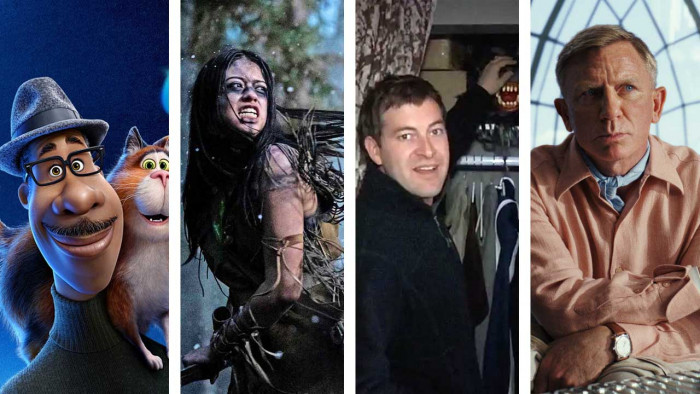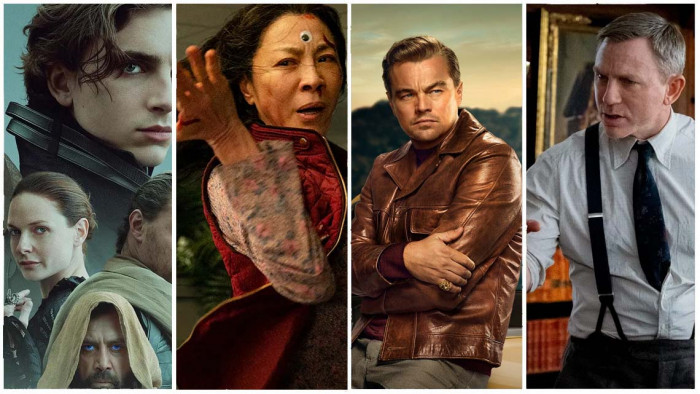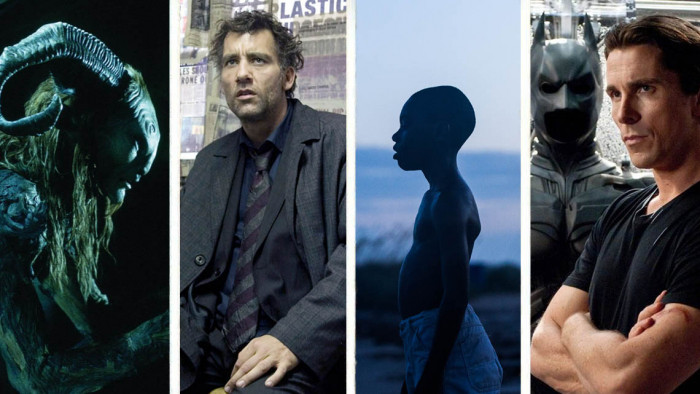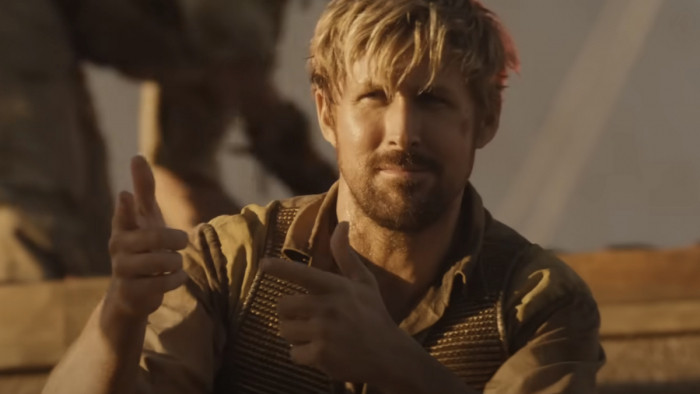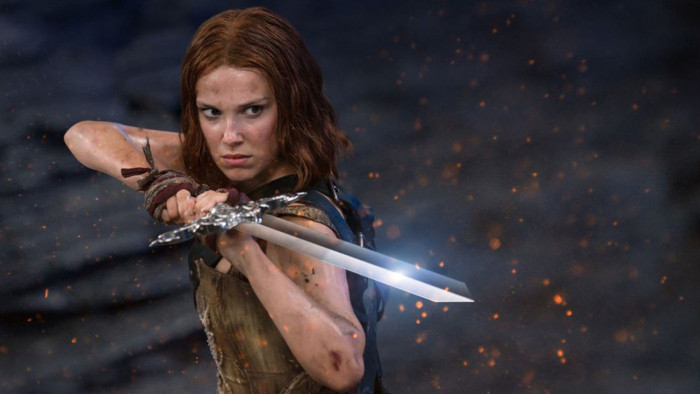Are these the 10 greatest retro game boxes ever?
A glorious new book showcases the best in Japanese videogame art


If you're weren't playing video games in the early to mid Nineties you were missing out. Because although many of the games have been remade or available via Nintendo's Virtual Console service you don't get the experience of picking up a glorious cardboard box in a shop, wincing when you saw it was £50 (the equivalent of a game costing nearly £100 now) and taking it home.
And this goes double if you were dedicated or savvy enough to be playing imported games. Not only did you get access to games that wouldn't be out in the UK for another year (if at all) you also got to enjoy far superior box art.
See our list of Best Retro Games
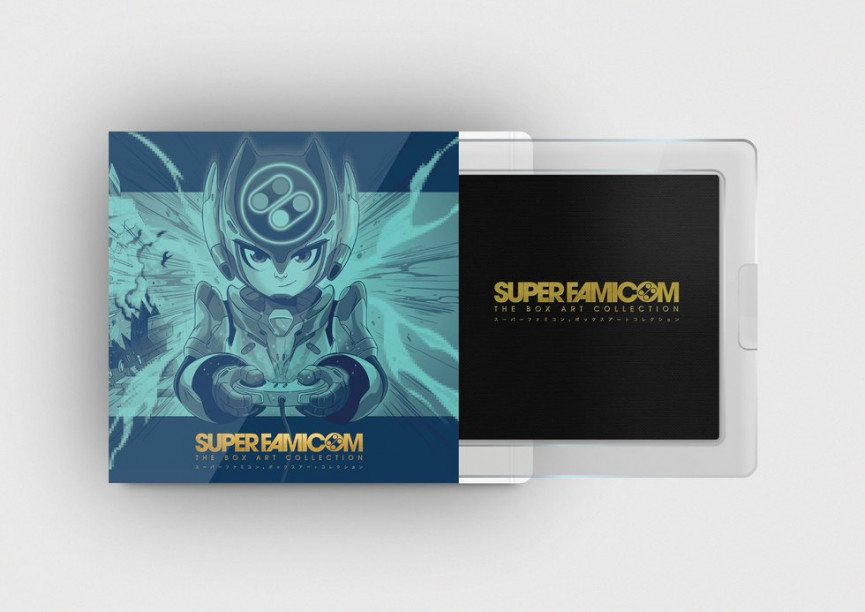
So if you missed out or want to relive those glorious days then a new book, out in May, is set to waggle your joypad. Super Famicom: The Box Art Collection is a lovingly compiled book bringing together the greatest art from the Super Nintendo's Japanese heyday.
To give you an exclusive preview we asked creator Stuart Brett for his ten favourites from this era and explain why they're so special.
You can pre-order the Super Famicom: The Box Art Collection at Bitmap Books.
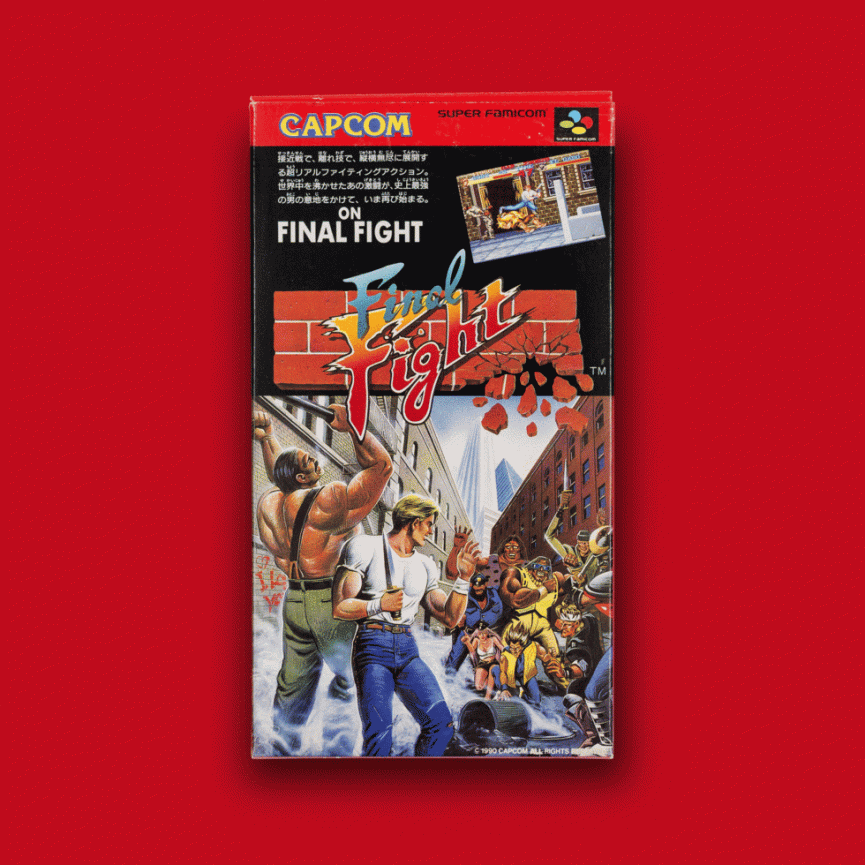
Final Fight
Released: November 1990
Publisher: Capcom
Scrolling beat-em-ups aren't as popular now as they once were, but this was huge. A conversion of the 1989 arcade hit, this was released the day the Super Famicom came out in Japan and was the perfect demonstration of the console's graphical prowess. "The game’s plot, character design and setting are heavily influenced by Walter Hill’s 1984 film, Streets Of Fire," says Brett. "This was an arcade game I loved to play in my youth and it’s still my all-time favorite Capcom game." Also note that Capcom was so pleased with how closely the console release resembled the arcade version, it stuck a screenshot on the front of the box. Show-offs.

Contra Spirits
Released: February 1992
Publisher: Konami
The name and art was changed totally when this classic landed in Europe as Super Probotector. "The SNES release had players controlling robots," says Brett, "a decision made by Nintendo Of Europe to dampen the violent themes of the game but in the Japanese version the main characters were soldiers." But if the box art looks familiar it's because it's a rip off of classic Arnie film Raw Deal.
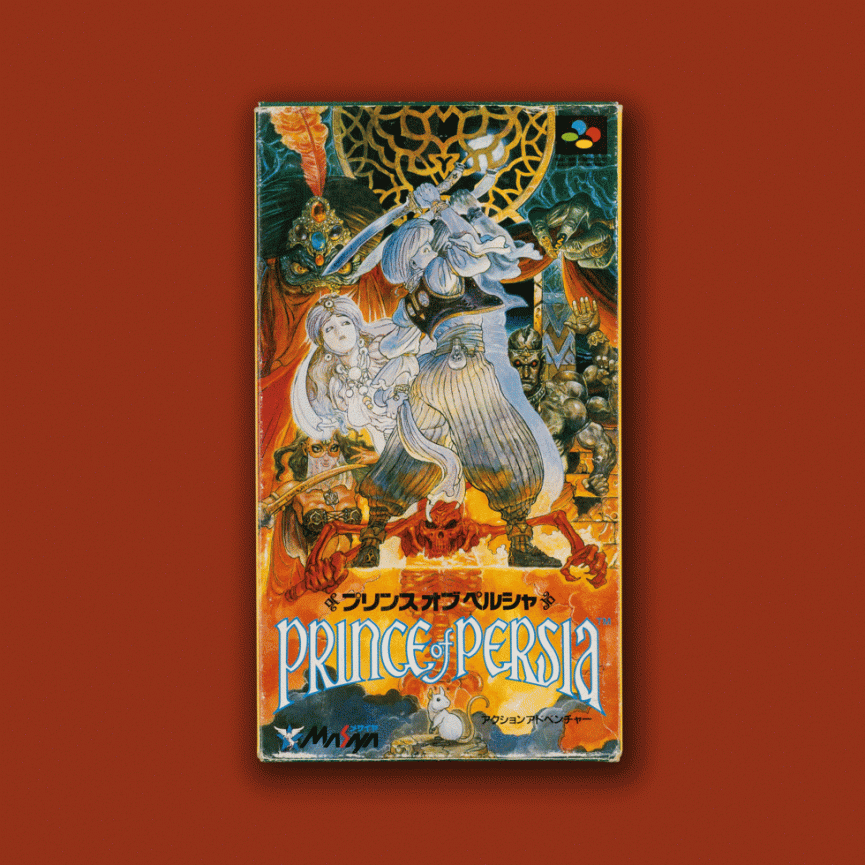
Prince Of Persia
Released: July 1992
Publisher: Masaya
A classic game from the West is given a stunning Far Eastern twist here. Prince Of Persia appeared on pretty much every computer and console known to man back in the day, but this incredible box was only seen in Japan. "The cover is by Japanese anime artist and illustrator Katsuya Terada," says Brett, "and it’s filled with detail and perspective." The game is a classic but the art make it looks even better than it is. "It looks as if it could be promoting a feature-length animation," adds Brett.

Yoshi's Cookie
Released: November 1992
Publisher: Nintendo
This was made by a firm best known for creating Tetris games so as you can probably guess, it's an addictive puzzle game. "I love the simplicity of the artwork and how eye-catching it looks," says Brett. "It may be more than 20 years old, but I still think it looks so much better than Nintendo’s modern game packaging." There's another version out there which was released to promote a new oven from Panasonic – this is ultra-rare with only 500 copies produced.
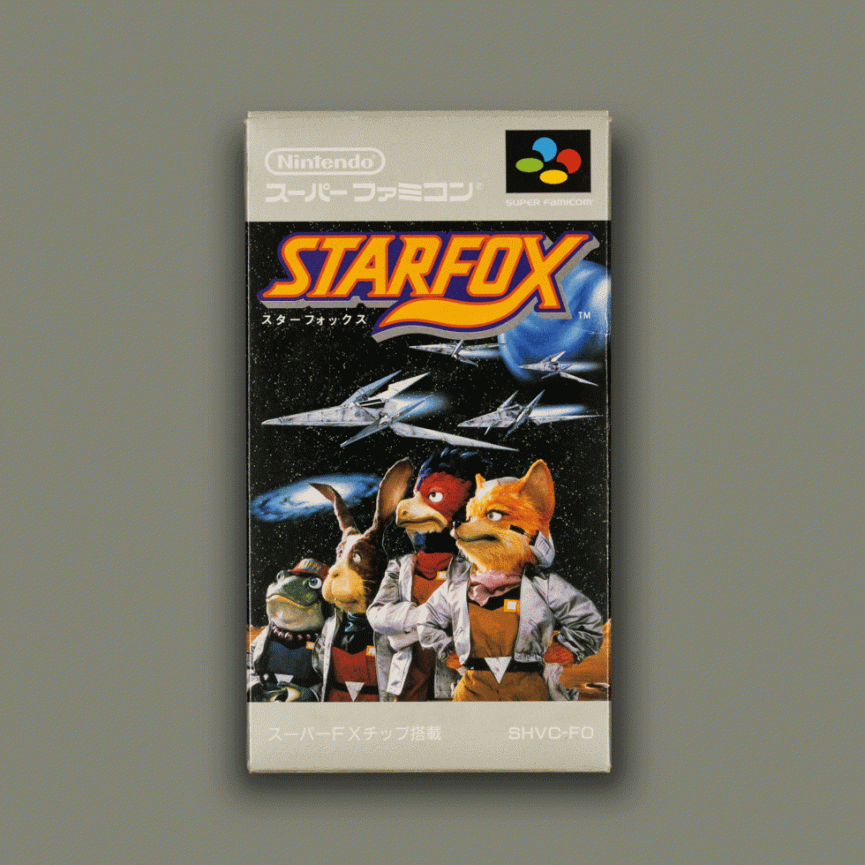
Star Fox
Released: February 1993
Publisher: Nintendo
Known as Starwing in Europe, this was one of the biggest releases for the console and also had one of its coolest covers. But you can't imagine such a major franchise using puppets for its box art nowadays. "This artwork has so much charm, says Brett. "I think that has to do with the lack of Photoshop and CGI on the cover." By the time its sequel arrived on the Nintendo 64 in 1997 (called Star Fox 64 in the US and Japan, Lylat Wars in Europe), the puppets were long gone.

The Ninja Warriors Again
Released: January 1994
Publisher: Taito
Not content with having one of the best names of any game ever, this also has an incredible cover. "The artwork – like so many other Super Famicom games –is hand-painted," says Brett. "Not a single pre-rendered graphic in sight." The in-game visuals are impressive too. Brett says it is "essentially a remake of Taito’s 1987 arcade game" and that this version wouldn't look out of place running on a coin-op.

Hagane
Released: November 1994
Publisher: Hudson Soft
Named Hagane: The Final Conflict when it came out the following year in Europe and the US, this is described by Brett as "one of the hardest games on the console and also one of the most stunning, with incredibly detailed pixel art". 'Hagane' is the Japanese word for 'steel' so we shouldn't be surprised it's so tough. "The artwork for the cover by Keita Amemiya is executed with flair," adds Brett, "showcasing each of the game’s bosses against a swirling electrified backdrop."

Rockman X2
Released: December 1994
Publisher: Capcom
For the uninitiated, Rockman is the Japanese name for legendary game character Mega Man, and the confusing suffix refers to this being the second in the 'X' offshoot trilogy. "These games are so much fun," says Brett, "and still retain all the charm from the original 8-bit Mega Man games from the Eighties." The game itself was one of the rare examples of a Capcom title having a custom chip added to the cartridge to boost the game's power. "It basically meant they could have more things happening on screen," says Brett, "as well as some cool 3D wireframe visuals, in a similar vein to Tron."

The Amazing Spider-Man: Lethal Foes
Released: March 1995
Publisher: Epoch Co
Never released outside Japan, this is based on a popular comic series. "I love how it looks like a miniature comic book," says Brett. "It’s also one of the rarest Marvel-licensed Spider-Man video games to exist." Thankfully, if you track one down there's not enough Japanese text to prevent you from progressing. So you can enjoy the game as well as the artwork from Mark Bagley, Karl Kesel and Paul Mounts.
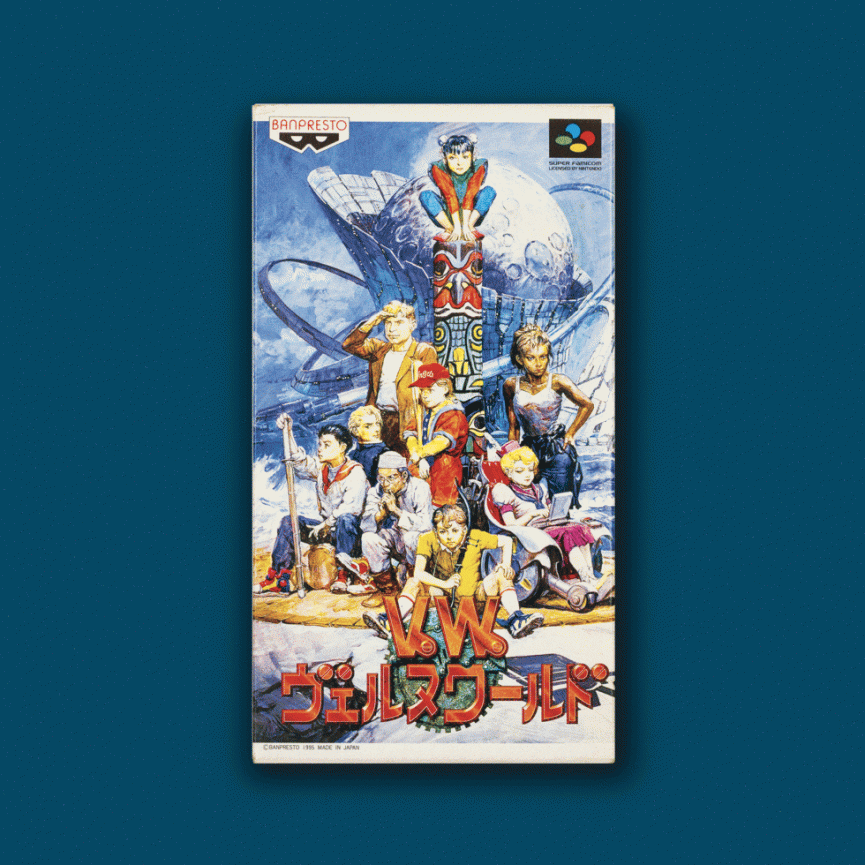
V.W. Verne World
Released: September 1995
Publisher: Banpresto
If you looked at this and thought, 'This looks like an obscure role-playing game set in a theme park based on the works of Jules Verne in 2028' then you're spot on. "I love the box art by Yoshiyuki Takani," says Brett "and its old-school adventure book style." We can't disagree. It was never released outside Japan so if you somehow stumble across the game you might not get very far in it unless you can read kanji.
Latest
Related Reviews and Shortlists



